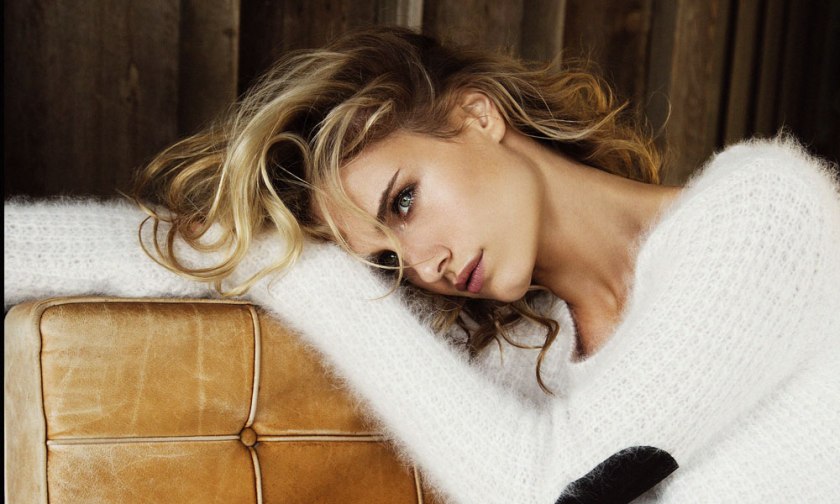I’m no makeup expert but I love the stuff and am always riveted by tips about how I can better use it to make the best of what nature bestowed – and offset what nature is gradually taking away!
My colleague Jessica Turner is the one who’s adept at explaining how to create “looks” but I can pass on tips that I personally find interesting, whether for myself or for you as an aesthetician to suggest to clients and, in so doing, boost business.
While you may not want to focus on offering makeup applications and lessons in your salon, spa or clinic, it can pay – literally and figuratively – to offer clients a basic makeup after, say, facial treatments so they can rejoin the world without panda eyes or feeling self-consciously dishevelled and barefaced.
And if you master the basics and they like what they see, it could be a nice little earner for you by offering the products for sale.
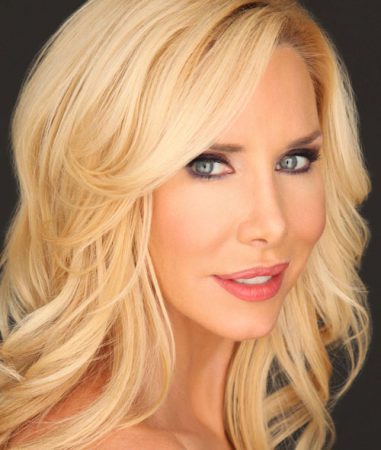
Last week Team SPA+CLINIC attended a two-day education seminar hosted by Professional Beauty Solutions (distributors in Australia for Youngblood Mineral Cosmetics, Image skincare, Dermalux LED, Bestow inner beauty products and Body Sugaring Australia, among other premium brands) for its clients and to benefit their clients, the end consumer.
A highlight of the first day was a presentation by Philip Luque, Director of Artistry and Global and Domestic Senior Educator for Youngblood, who flew in from LA with the brand’s founder, Pauline Youngblood, to promote their Effortless California Beauty campaign (pictured at top) and the brand’s wonderful new CC Perfecting Primer.
Philip held us spellbound throughout the morning, first with his “editorial” makeup face, and then a natural face.
Among the practical application and retail-savvy gems I collected:
- If you are going to use and sell makeup products in your business, then you and your team should all be wearing that makeup. You are your own best – or worst! – ambassadors.
- The use of skin mists should be an integral part of facial treatments (to create ambience), brow styling, and before and after makeup application (to prep and then set). Have a mist sitting strategically at the front desk for clients to spray themselves as they pay. It is such a feelgood (and smell good) thing that they are highly likely to buy one (or two) to keep in their handbag or gym bag to freshen up during the day, on their dressing table while they do their own makeup, and to refresh during travel and to look perky on arrival.
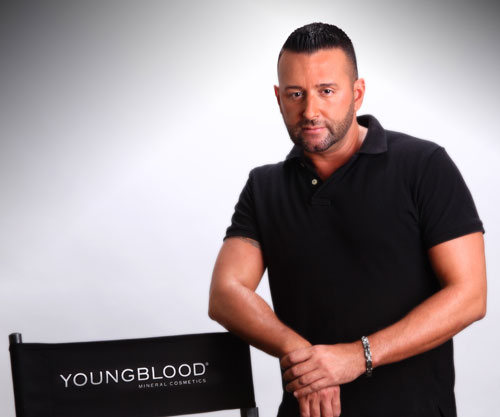
- “Skin is in”, says Philip. When you do a client’s makeup and then they recreate the look themselves, the aim is to attract comments like “you look good”, not “your makeup looks good”. That means the makeup is dominating the person. The person should be the focus of attention – not just their lips or eyes.
- Layering loose powder over foundation can make a complexion look a little ash – trying mixing them to apply together.

- “I don’t like skin looking all the same tone,” says Philip. “While an all-over matte makeup look can be pretty, it can also look mask-like.”
- Use foundation and then concealer. “I used to do it the other way round but this way I can see where the client needs a `cover up’ most. And it means using less product overall.”
- Even if you choose not to offer makeup after a facial treatment, Philip recommends at the very least you apply concealer to cover redness, ensure any traces of smudged mascara are removed and that products are used to groom brows.
- If applying mascara after a treatment, try “zig-zagging” it on a client’s lashes to create a fuller look and separate lashes that clump together.
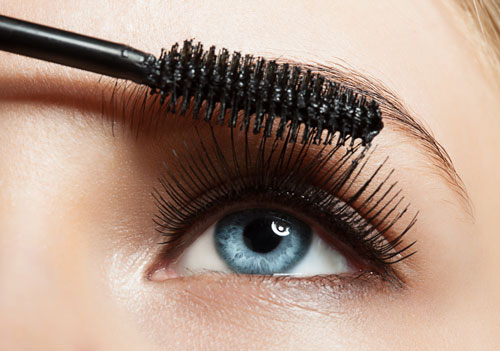
- If mascara gets on the skin, wait till it’s dry before removing it. If you have applied makeup, it won’t take layers of your good work off with it, requiring reapplication.
- Blend concealer into foundation with a brush so there’s no obvious delineation
- “C” for concealer not “U”: this means applying product next to the eye, in the area where shadows and dark circles are most obvious, right up to where it meets the eyebrow, and directly under the lower lashes. Definitely not down to the top of the cheekbone in a “teardrop” shape, which creates an unnatural effect
- Contouring at the temples makes the cheeks stand out more
- Contouring under the chin will reduce the appearance of fullness (language is key, says Philip: always use non-inflammatory phraseology such as `fullness’ as opposed to terms like `heaviness’ or, heaven forbid, `fat’).
- Go in light with product and build colour gradually
- Shimmer in products only exaggerates textured skin (ie. with lines, wrinkles, dryness/dehydration, enlarged pores) so go matte. “Clients need to be educated that makeup will camouflage discolourations but not textures – in fact it may only exaggerate them,” says Philip. “This is where you encourage clients to be more vigilant about exfoliation and moisturisation and that less is more when it comes to makeup with mature or troubled skins, not the other way around to `mask’ concerns.”
- Use synthetic brushes for cream formulas as they tend to cake on natural, more absorbent bristles. Using brushes creates a more natural, subtle makeup finish
- Many clients are even more concerned with how their makeup will appear in photos (notably on social media) than in real life, especially for special events that will be seen by many people. “High definition (HD) silica formulas are often used for this purpose,” says Philip. “Caution your clients to be strategic and sparing with these products as they can create a `flashback’ effect in photos and thus a clown-like appearance – which many celebrities have discovered to their great embarrassment.”
HERE COMES THE BRIDE
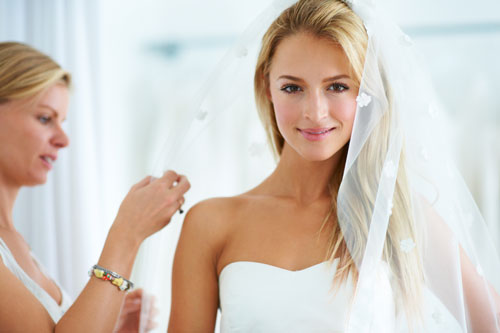
Wedding makeup has its own set of rules, according to Philip:
- Don’t experiment with new looks on the day of the wedding. If a bride wants to try something different for her big day, she should be encouraged to have had at least one trial run (with photographs to check the effect) beforehand. That is, if you have had access to her before The Day. If not, do your best to dissuade her, as this will impact on your reputation if she is upset with how it translates at the event and in photos.
- Discourage brides from doing “trend” makeup. They are likely to look back and be horrified at how “dated” the photos seem
- Similarly, “Instagram makeup” (that applies to all social media platforms) should be avoided. While it may look good in photos, it tends to be on the dramatic side and in the flesh a bride (usually!) wants to look glowing, not theatrically garish
- Brides should avoid wearing lip gloss. With all the kissing going on, it will wear off quickly. It’s hardly ideal (or polite) for the queen of the day to be retouching her lips every few minutes after smooching the groom and greeting guests so as to be photo-ready at all times.

